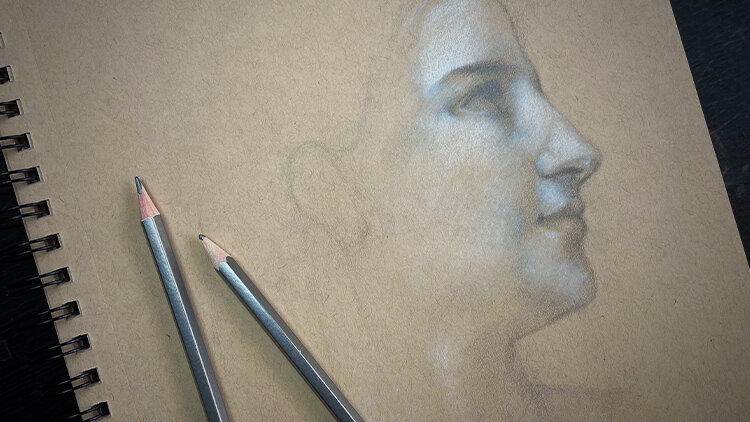Turn Your Creativity Into Cash: A Beginner’s Guide to Selling Visual Works of Art
Photo by Unsplash
Written by Brittany Fisher of financiallywell.info
It’s extremely tough to earn a living off of one’s art. In fact, researchers have determined that only 10% of art school graduates find a way of supporting themselves solely from their passion. On the other hand, artistic hobbies can be a satisfying financial supplement to a primary revenue stream. The trick is balancing the two without the creative interest turning into a chore.
Schaefer Fine Art offers some tips on transforming your creations into a side gig that generates cash.
Become a Professional
If you want to be taken seriously, you must turn the selling of your art into an official business. Pick a memorable name that reflects who you are and the works you create. Before printing materials bearing your company’s title, check that someone else isn’t already using that business name.
Take legal steps to register your company as an independent practice. Also, all businesses need Employer Identification Numbers, or Tax ID Number. The government uses these digits to track your venture and payroll taxes. Additionally, having an EIN eases tax filings whether you take care of them annually or quarterly.
Declare Tax Deductions
Once you’re incorporated, you are eligible for business tax deductions. Every art-related purchase you make qualifies. Save receipts for necessary materials, such as paints and canvases, or pencils and sketchbooks. As a money-making artist, lessons are now an operational supplement and thus eligible for a deduction. The government will reject your claims if it believes you’re not serious about turning a profit. Therefore, be prepared to prove that you’re committed to making your artistic skills into a genuine enterprise.
Set Prices
Think carefully about how much you charge. Prices in the art world are never set in stone; your artwork is ultimately worth whatever someone is willing to pay. However, you need to make sure you’re being properly compensated without high prices scaring away patrons. Price yourself according to how much similar artists charge. Solidify your budget by subtracting the cost of labor and calculating your final profit.
Solicit Custom Works
Maximize the time you spend in the studio by creating works tailor-made to meet customer requests. Solicit buyers by creating a snazzy website, complete with a gallery of your best work. You don’t need to be a coding genius; simply use a platform that caters to the needs of right-brained individuals. On every page, remind visitors that you’re available to design art that matches specific demands. Include a form for patrons to send details regarding custom jobs, including size, materials and any other unique factors. Include multiple methods for uploading images they want you to incorporate and state upfront that there’s an additional fee for commissioned artwork.
Use What You Already Have
As a true artist, you’ve already created many stunning pieces. Even if you don’t have buyers for these original works, you can still use them. Turn these images into impulse-buy products, such as postcards, pins, coffee mugs and T-shirts. There are many digital platforms for selling these types of items. Make use of as many of them as you can and spread your wares to the widest audience possible.
Turning your artwork into a source of profit can be difficult, but it’s a challenge that’s worth accepting. Transform your creativity into a professional side hustle and boost your bottom line with money generated from doing what you love.

I am an artist, writer, and instructor. As a previous graphic designer for a healthcare management business, I now teach drawing, painting, and discovering your passion with art.
When You’re Ready, Here’s How I Can Help You:

Unlock your artistic potential and learn to draw with confidence using the Intuitive Drawing method. From your first sketch to creating realistic drawings and subjects.

